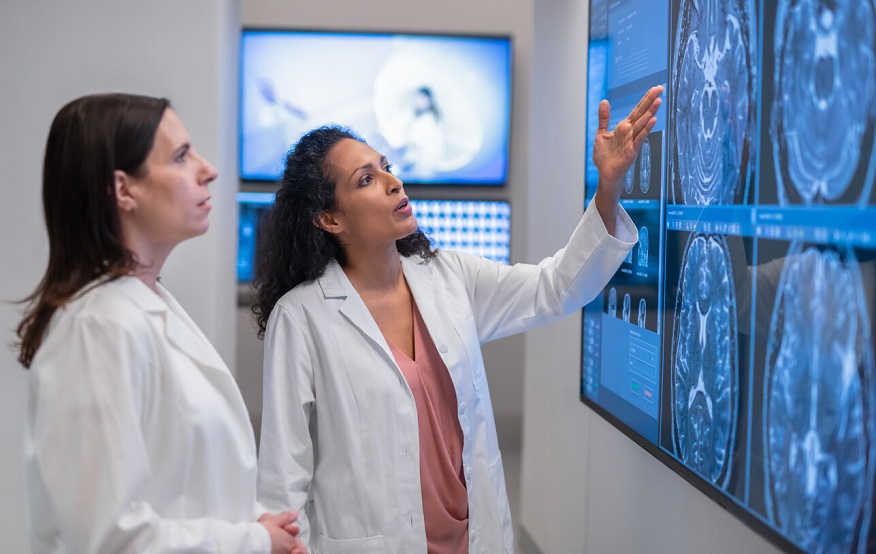When you hear the phrase pediatric imaging colorado, what comes to mind? Perhaps, it’s a vivid mental picture of young children lying perfectly still on a cold, daunting machine. It can be a scary thought, right? But let’s turn the table here. Let’s break down the intimidating walls of diagnostic imaging, making it less of a mystery. It’s time we pull back the curtain on how it works, how it saves lives, and why it’s nothing to fear.
Understanding Diagnostic Imaging
The story starts with X-rays. Invented by Wilhelm Conrad Roentgen in 1895, these high-energy waves pass through our bodies. On the other side, a film or a sensor captures the waves. This creates a snapshot of our internal body parts – our bones, our lungs, our heart.
Fast forward to today, we have several types of diagnostic imaging. Each prioritizes different body parts and conditions.
The Different Types
- Ultrasound: Using high-frequency sound waves, it creates images of soft tissues and organs. It’s perfect for pregnancy scans and examining the heart.
- CT scan: This is an advanced X-ray technique. It produces cross-sectional images of our body, giving an in-depth view.
- MRI scan: Here, magnetic fields and radio waves generate detailed images of our body’s insides. It’s ideal for brain and nerve tissue imaging.
Why It’s Not Scary
Diagnostic imaging might seem scary. The machines look intimidating, the process feels alien, and the reason for needing one can be daunting. But let’s flip this fear on its head.
The truth is, that diagnostic imaging is painless. The machines might be large, but they’re not monsters. They’re life-saving devices. They let doctors see inside our bodies without a single cut. They find illnesses before they become serious. They monitor the baby’s growth during pregnancy.
More importantly, diagnostic imaging is safe. For instance, in pediatric imaging, Colorado doctors use the lowest radiation doses possible. They tailor the procedure to the child’s size and the area being examined. It ensures their safety while providing accurate results.
Conclusion
So, when you hear pediatric imaging, don’t picture a cold, daunting machine. Picture a life-saving tool. Picture a device that lets doctors peek inside our bodies, keeping us healthy. Remember, it’s not something to fear. It’s something to be grateful for.




